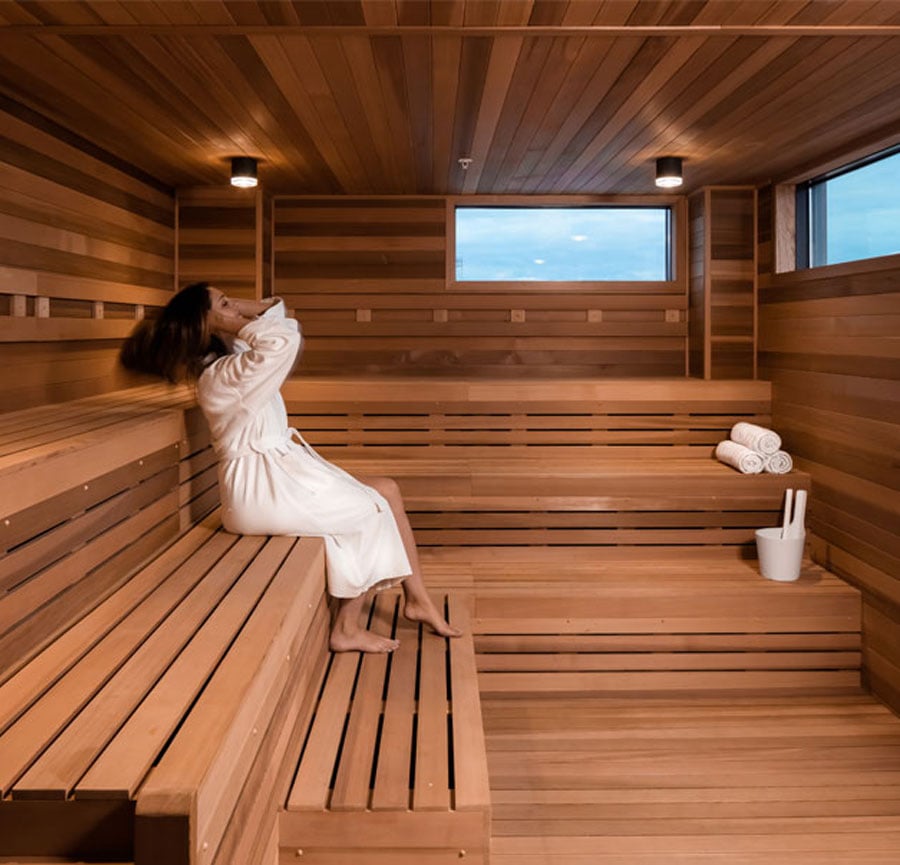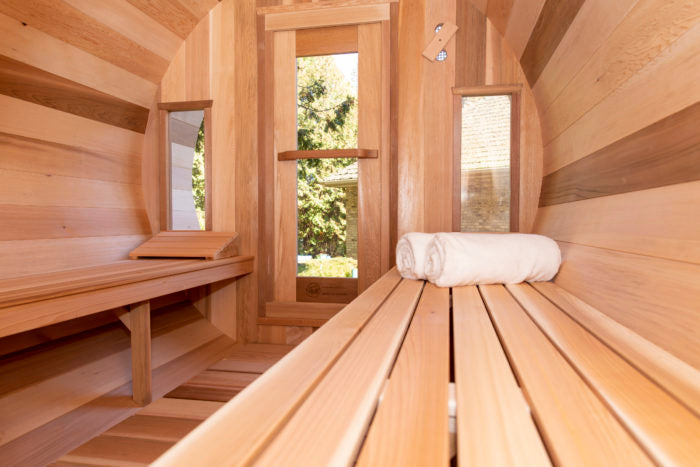Traditional Sauna Things To Know Before You Buy
Traditional Sauna Things To Know Before You Buy
Blog Article
The Best Guide To Traditional Sauna
Table of ContentsThe Only Guide to Traditional SaunaTraditional Sauna for BeginnersTraditional Sauna Things To Know Before You Get ThisThe Buzz on Traditional SaunaThe Only Guide for Traditional Sauna
A lot of the weight lost in a sauna is water loss and is re-gained upon rehydrating. Without a doubt sauna can be an important component of a healthy weight loss program. To check out the differences in between typical and IR saunas, I will divide these right into proven, academic, and produced distinctions.Thus, the most popular factor in the saunawhich is at the ceiling directly over the sauna heateris typically in between 185 and 190 F. Claims that a typical sauna goes beyond 200 F is just not true and not applicable for electrical saunas marketed in the United States. The temperature level for a far-infrared sauna is typically set between 120 and 140 F; however, unlike the standard sauna, the goal in and IR area is not to attain a high temperature.
Due to the fact that of this, the temperature level difference is virtually unnecessary, considering that profuse sweating causes both sauna types, yet the method of heating up the body is various. In an IR sauna the bather will really feel hot and will sweat a lot, but at a lot reduced temperatures (Traditional Sauna). Therefore, if the objective is to spend longer amount of times in the sauna, the IR sauna is an excellent selection
When a standard sauna has been correctly heated, the sauna walls are warm, the air temperature level has accomplished established temperature and the rocks are incredibly warmed. As an intriguing side note, the heated walls and the rocks are giving off far-infrared warmth, combined with the heated air, to develop an "wrapping up heat".
How Traditional Sauna can Save You Time, Stress, and Money.

When the high temperature is accomplished, the aspects cycle on and off to preserve the heat. Most conventional sauna individuals enjoy putting water over the rocks to produce steam to elevate sauna humidity levels. The advantages of pouring water over the rocks include: making the room more comfy, moistening the nasal flows, and enabling the use of aromatherapy by mixing vital oils with the water.

When the power gets in the body, it creates the body temperature level to enhance and eventually results in sweating. In an infrared sauna it is necessary for the emitters/heaters to stay on almost constantly. Given that there is no mass of rocks to keep warmth, the sauna will cool if the emitters shut down.
As discussed over, the sauna bather in an infrared area intends to place himself in front of running emitters to get maximum benefit from the warmth. The heating time for the 2 rooms can be extremely various, depending on exactly how the spaces are utilized. For a traditional sauna, a bather should permit 30-40 mins for the room to achieve a preferred temperature level and to properly pre-heat the rocks.
Excitement About Traditional Sauna
A well built sauna will normally attain a temperature level of 150-160 F in about 30-40 minutes. For hotter temperatures, the area may require to warm for a longer period.

Conventional saunas have a tendency this page to be bigger (for this reason utilize more power) than infrared saunas, although standard saunas are certainly offered in one and two individual dimensions too. For a two-person conventional sauna, 5x6 or 5x7 dimension is most prominent. The top bench can easily seat two or 3 people index and is additionally long sufficient to relax during the sauna session.
Some Known Facts About Traditional Sauna.
The ordinary price per kWH of electrical power in the U.S. is around $0.11, so a 4.5 kW heating system will certainly cost roughly $.50 to run for one hour, if the heating unit runs constantly for one hour. Usually a sauna heating unit will certainly compete 75% of the very first hour and 50% of succeeding hours on given that the components cycle once the established temperature is accomplished.

Finally, there is a seldom talked best site about difference in the social experience in between both spaces. While our culture has lost some of the social benefit of the standard sauna experience, it can be extremely socially satisfying (Traditional Sauna). From household time in the sauna, to heart-felt discussions with significant others, to sauna partiesthe typical sauna experience can result in intimate interacting socially
See This Report about Traditional Sauna
Most higher end infrared areas include colored light therapy, noise systems and full-glass fronts.
Report this page